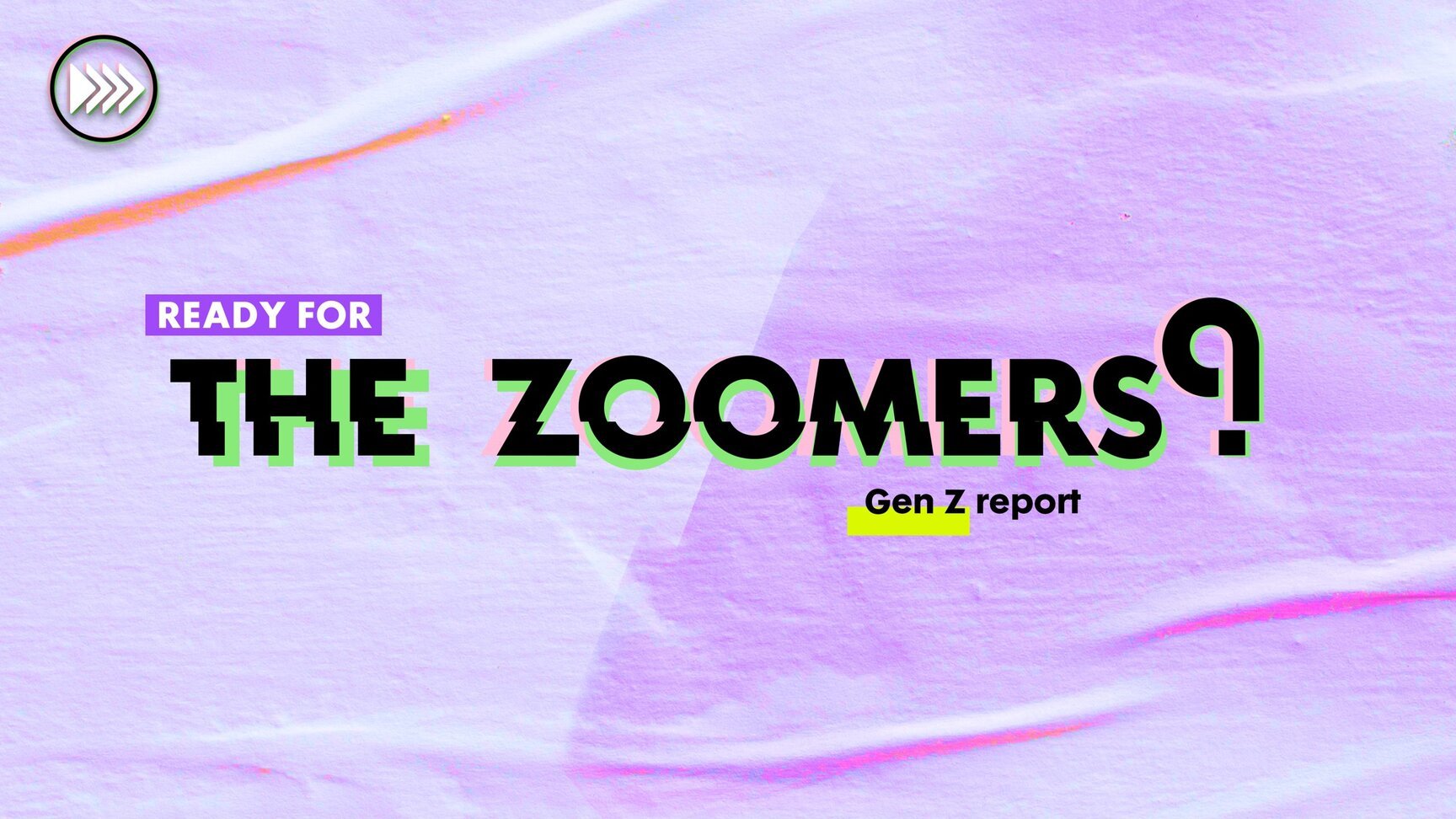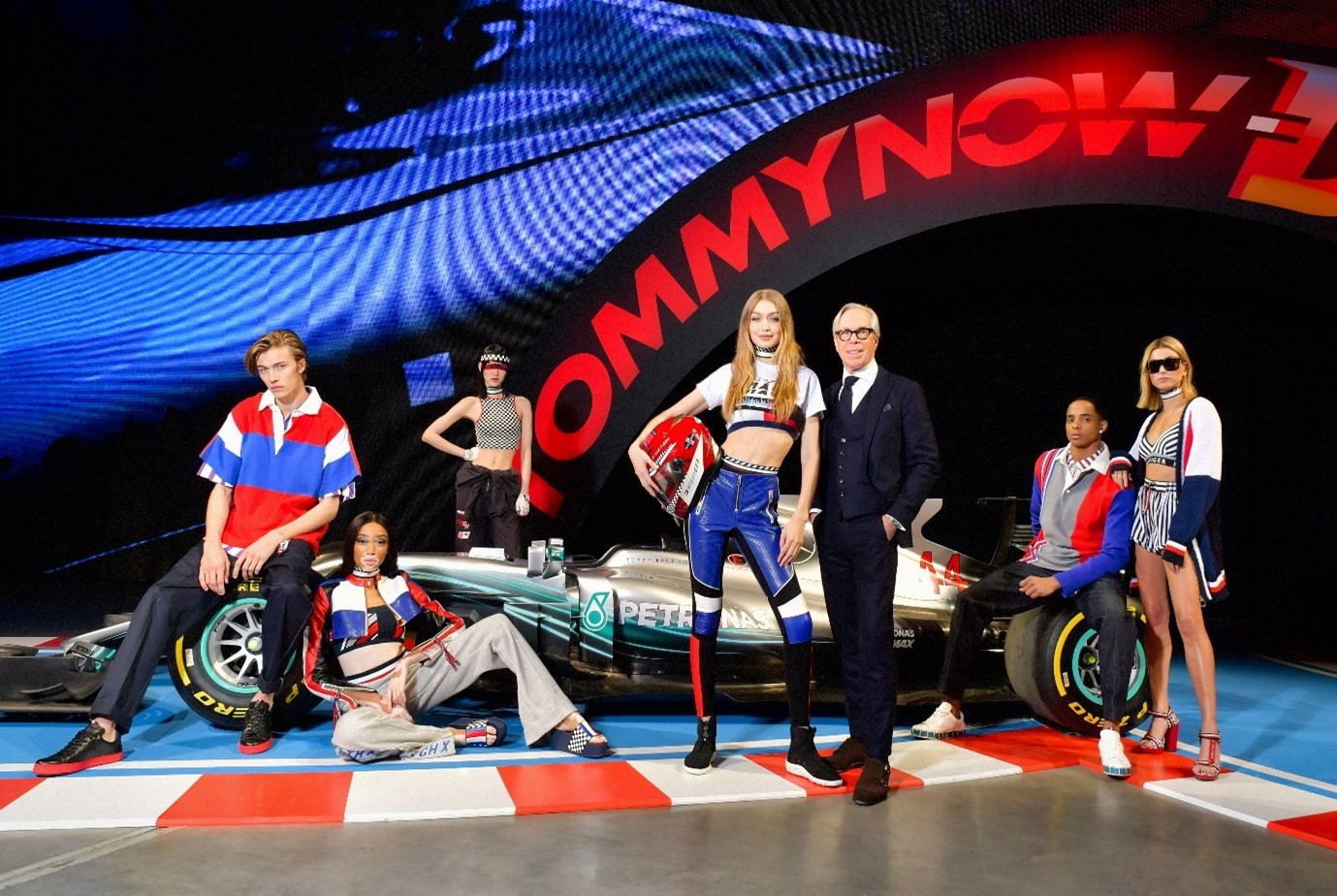What is the role of physical stores in this new reality, where consumers see a fashion item on social media and can immediately buy it within a few clicks?
We see that younger customers, in particular Gens Y and Z, love to shop in a store if it’s a real experience. These are becoming really important social moments, moments to connect with others; and it’s not a moment that is only about shopping, it’s about socializing, about , and having that real-world experience to complement the convenience and the immediacy of mobile or online purchasing. We think it’s going to be increasingly important, because today, experiences are the most valuable thing for these younger generations. And if shops, functioning as brand platforms, offer a unique experience that they want to talk about or share with their friends, it’s a really important component that has to work in tandem with everything else.
How do you create these experiences?
We recently did a few relaunches of some of our favorite pieces from the ‘90s, Tommy Jeans capital collection, and we opened pop-up shops with our main retail partners for the younger customers. And even though the products were also available online, theses launch events had an amazing turn-out since people really wanted to be there in person. It was kind of a special exclusive moment, something aspirational for them. There still exists that sense of exclusivity amidst the accessibility of everything online. There still is a kind of exclusivity counterbalance and that is important. Someone is for example one of the 200 people that are let in or can purchase a customized limited-edition sweatshirt that you can’t find online. So, we found that the combination of the two has been really effective; there is something about an actual physical event or a physical shop with exciting things happening that makes it real.






